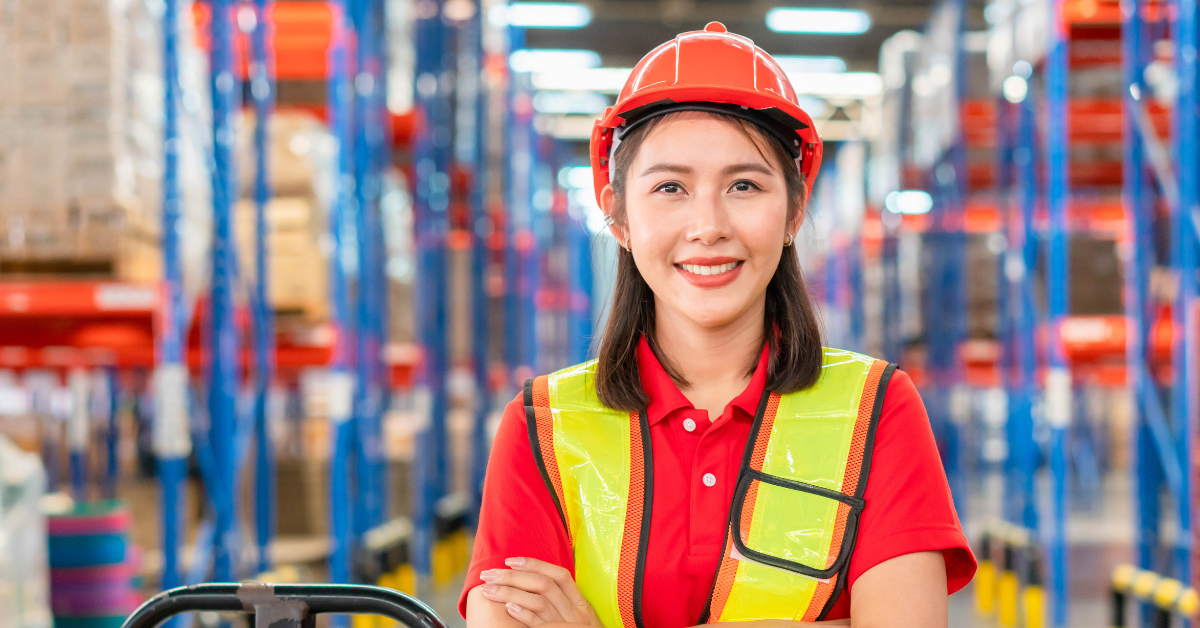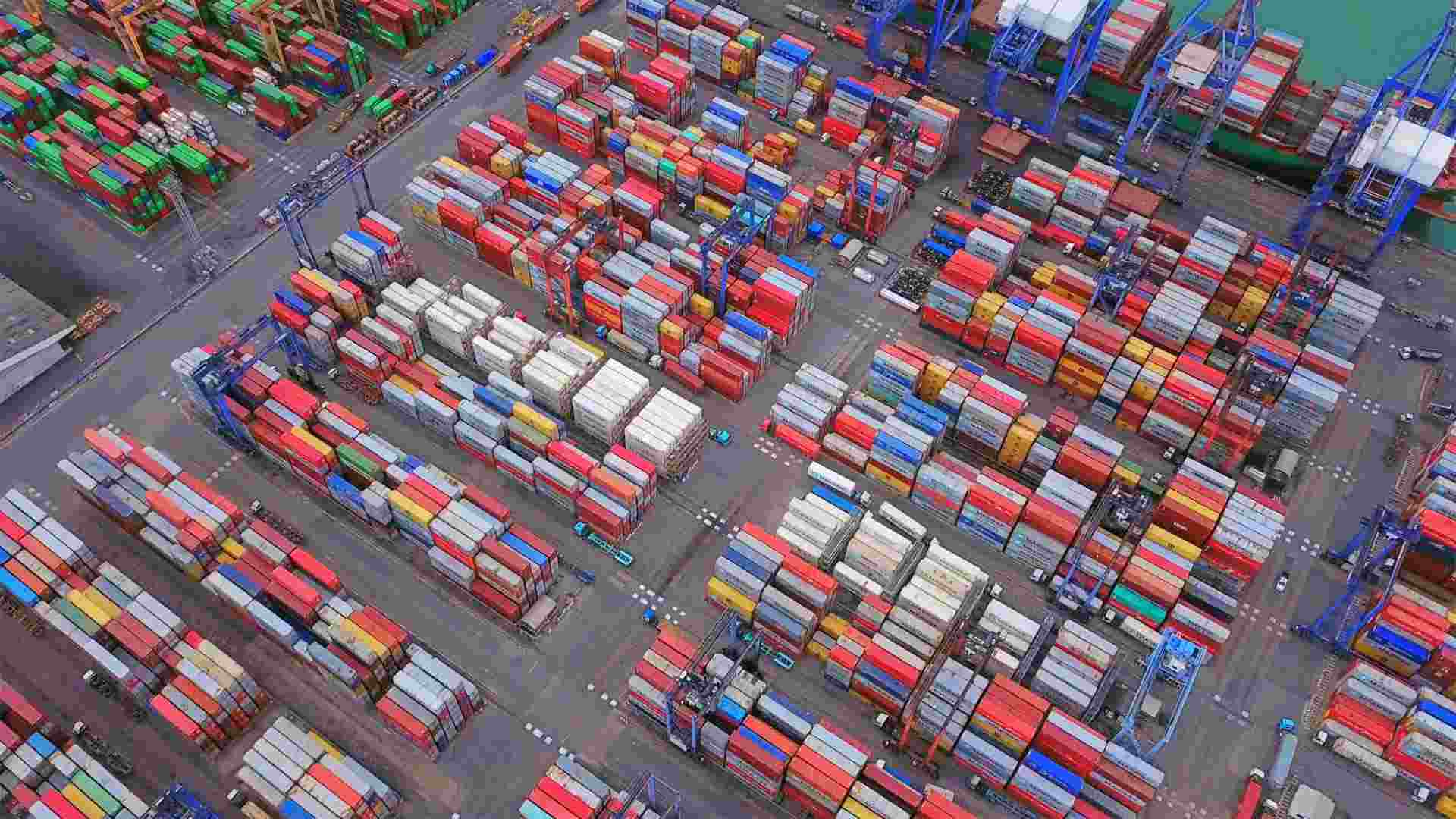Choosing between Shopify Dropshipping and Amazon FBA can be challenging for e-commerce entrepreneurs. In this guide, we’ll break down both models to help you decide which one is more profitable for your business.
Introduction
E-commerce enables entrepreneurs to sell products online without needing to hold inventory or manage logistics. Two popular e-commerce models are Shopify dropshipping, where you sell third-party products, and Amazon FBA, where you sell your own products but Amazon handles fulfillment. Both models offer unique advantages but have distinct differences in profitability, scalability, and operational requirements.
This comprehensive guide provides an in-depth comparison of Shopify dropshipping versus Amazon FBA across key factors like:
Business Model Fundamentals, Startup Cost Analysis, Ongoing Operational Costs, Hidden Costs, Calculating and Maximizing Profit Margins, Scaling for Long-Term Profit, Startup and Operations Guidance, Inventory Management
Analyzing these key areas will help you determine which model suits your entrepreneurial goals.
I. Business Model Fundamentals
Dropshipping involves selling third-party products without holding inventory. Orders are fulfilled directly by suppliers. Amazon FBA has you sell your own inventory while Amazon stores products and handles packaging and shipping.
Dropshipping offers ease of startup without upfront inventory costs. Amazon FBA provides access to Amazon’s huge customer base but requires purchasing your own inventory. Both models allow focus on sales and marketing while operations are outsourced.
II. Startup Cost Analysis
Launching a Shopify dropshipping store has minimal startup costs. The basic requirements are:
- Shopify subscription ($29+ per month)
- Domain and hosting ($12+ annually)
- Theme customization ($100+ one-time)
- Product research tools ($30+ per month)
You can launch an operational store for under $200. Inventory and shipping costs are only incurred once you start making sales.
Amazon FBA has higher capital requirements:
- Amazon Seller Central account ($40 per month)
- Initial product inventory ($500+)
- Packaging and shipping supplies ($100+ upfront)
- Software tools ($60+ per month)
- Trademark and UPC codes for branding ($600+ one-time)
The upfront investment for FBA is around $1500+ to purchase enough product inventory to test viability.
III. Ongoing Operational Costs
After launch, operational costs differ greatly between the models.
Shopify dropshipping involves paying your supplier 30-50% of the selling price per order. Shipping costs are incurred on top of carrier rates. Expect 40-60% of revenue to go towards order costs.
Amazon FBA charges:
- Referral fees of 15% of the sale price
- Variable closing fees
- FBA monthly storage fees
- Optional advertising fees
FBA costs range from 20-35% of sales. Lower fulfillment overhead leads to higher profit margins.
IV. Hidden Costs
Both models carry risks of hidden costs that erode profitability.
Common hidden costs with Shopify dropshipping include:
- Supplier price hikes
- Increased return and refund requests
- Higher shipping rates
- Inventory shortages and backorders
- Customs and import duties
- Payment processing fees
- Marketing and advertising expenses
- Customer service costs
- Returns and refunds management
For Amazon FBA, beware of:
- Sudden changes in Amazon referral or closing fees
- Costly long-term storage fees
- Expensive advertising for visibility
- High rates of returns, refunds, and unfulfilled orders
- Inventory getting damaged or lost in FBA warehouses
- Amazon seller account fees
- FBA fees (storage, fulfillment, etc.)
- Product photography and listing optimization costs
- Inventory storage and management expenses
- PPC advertising costs
Careful vendor selection and contract negotiation are key to limiting hidden costs in dropshipping. Strict inventory management and projection help counter issues like long-term storage fees with FBA.
Profitability Comparison
When it comes to profitability, both Shopify dropshipping and Amazon FBA have their merits. Let’s break down the key factors that influence profitability for each model:
- Profit Margins:
- Shopify Dropshipping: Generally higher profit margins due to the ability to set your own prices and source products from various suppliers.
- Amazon FBA: Typically lower profit margins due to Amazon’s fees and intense competition, but potential for higher volume sales.
- Sales Volume:
- Shopify Dropshipping: Requires more marketing effort to drive traffic to your store, potentially resulting in lower sales volume initially.
- Amazon FBA: Access to Amazon’s massive customer base can lead to higher sales volume, especially for popular products.
- Operational Costs:
- Shopify Dropshipping: Lower upfront costs and minimal inventory management expenses.
- Amazon FBA: Higher initial investment for inventory and ongoing storage fees, but potentially lower shipping costs.
V. Calculating and Maximizing Profit Margins
Profit margins vary greatly between models.
Typical profit margins for Shopify dropshipping range from 30-50% after subtracting order fulfillment costs. Margins can be boosted by negotiating supplier discounts or finding drop shippers with lower fulfillment fees.
Amazon FBA offers profit margins of around 50-80% due to lower fulfillment costs. Choice of product niche and controlling the buy vs sell price are the keys to maximizing revenue.
Tools like Shopify’s Profit Margin Calculator and Amazon’s Revenue Calculator help estimate profitability. Profit optimization techniques like economies of scale, automation, and predictive analytics are key as you scale.
How to Calculate Profit Margins for Dropshipping vs FBA
To accurately compare profitability, use the following formulas:
- Shopify Dropshipping Profit Margin:
Profit Margin = (Selling Price – Product Cost – Shopify Fees – Advertising Costs) / Selling Price
- Amazon FBA Profit Margin:
Profit Margin = (Selling Price – Product Cost – Amazon Fees – FBA Fees – PPC Costs) / Selling Price
VI. Case Study
Comparing Real-World Profits of a Dropshipping Store vs an FBA Business
To illustrate the profitability differences, let’s examine a hypothetical case study:
Shopify Dropshipping Store:
- Monthly Revenue: $20,000
- Product Costs: $8,000
- Shopify Fees: $1,000
- Advertising Costs: $3,000
- Net Profit: $8,000 (40% profit margin)
Amazon FBA Business:
- Monthly Revenue: $30,000
- Product Costs: $12,000
- Amazon Fees: $4,500
- FBA Fees: $3,000
- PPC Costs: $2,000
- Net Profit: $8,500 (28.3% profit margin)
In this example, while the Amazon FBA business generates higher revenue, the Shopify dropshipping store maintains a higher profit margin.
VII. Scaling for Long-Term Profit
Shopify stores scale well if multiple suppliers are contracted in different locations to enable global fulfillment. Automation solutions help manage complex operations. Many entrepreneurs launch their own custom product brands once sales volume is proven.
Amazon FBA businesses are easy to scale on Amazon’s established infrastructure. Expanding to other Amazon marketplaces like Canada, Mexico, and Europe opens new customer bases. High-margin private-label products can be added to diversify revenue.
Building operational buffers against rising costs as well as having mixed e-commerce models provides stability for the long term.
VIII. Startup and Operations Guidance
The step-by-step process differs significantly between the models during launch and ongoing management.
Shopify Dropshipping Store Setup:
- Sign up for Shopify and customize your online storefront
- Research viable product niches with supplier availability
- List products and integrate supplier inventory
- Implement marketing strategies: SEO, social ads, influencers
- Provide excellent customer service and process returns
Ongoing management focuses on marketing, inventory analysis, customer service, and cost control.
Amazon FBA Setup:
- Register for Amazon Seller Central and FBA accounts
- Identify profitable product opportunities
- Source inventory and prepare packaging
- Ship inventory to Amazon fulfillment centers
- Enhance listing quality and launch promotions
- Monitor sales, inventory levels, and other metrics
Operational focus includes managing listings, ordering stock, analyzing product performance, and controlling fulfillment costs.
IX. Inventory Management
Shopify drop shippers avoid upfront inventory risk but have less control over product availability. Suppliers may face shortages or go out of business.
Amazon FBA makes sellers purchase inventory upfront. Data analytics help predict demand more accurately. But unsold stock incurs storage fees, and can get lost or damaged.
Choosing reliable suppliers and managing cash flow prudently prevents inventory stockouts with dropshipping. Amazon sellers use tools like Fulfilled by Merchant (FBM) to regain inventory control where needed.
X. Startup & Operations
Easiest to Start: Shopify Dropshipping or Amazon FBA?
For beginners, Shopify dropshipping is generally considered easier to start due to:
- Lower upfront costs
- No inventory management is required
- User-friendly platform with numerous integrations
However, Amazon FBA offers advantages such as:
- Built-in customer base
- Established trust and credibility
- Simplified shipping and fulfillment processes
Step-by-Step Guide to Launching Your Shopify Dropshipping Store
- Choose a niche and research products
- Set up your Shopify account
- Select and customize a theme
- Add products to your store
- Set up payment gateways
- Configure shipping settings
- Create essential pages (About, Contact, Policies)
- Install necessary apps (e.g., Oberlo for product sourcing)
- Implement marketing strategies (SEO, social media, paid advertising)
- Launch and monitor your store’s performance
Complete Guide to Setting Up Your Amazon FBA Business
- Create an Amazon Seller account
- Conduct product research and select items to sell
- Source products from suppliers or manufacturers
- Create optimized product listings
- Prepare and ship inventory to Amazon fulfillment centers
- Set up PPC campaigns to boost visibility
- Monitor inventory levels and reorder as needed
- Manage customer service and feedback
- Analyze performance metrics and adjust strategies
- Scale your business by expanding product lines or entering new markets
Shopify Dropshipping vs Amazon FBA: Which Requires Less Time Investment?
Shopify Dropshipping Time Investment:
- Initial setup: Moderate (1-2 weeks)
- Daily operations: Low to moderate (2-4 hours per day)
- Marketing and customer service: Moderate to high (varies based on store size)
Amazon FBA Time Investment:
- Initial setup: High (2-4 weeks)
- Daily operations: Low (1-2 hours per day)
- Inventory management: Moderate (periodic restocking and forecasting)
- Marketing and optimization: Moderate to high (ongoing PPC management and listing optimization)
Managing Inventory: Dropshipping vs FBA – Pros and Cons
Dropshipping Inventory Management:
Pros:
- No upfront inventory costs
- No storage or warehousing is required
- Easy to test new products
Cons:
- Less control over stock levels
- Potential for longer shipping times
- Quality control challenges
FBA Inventory Management:
Pros:
- Amazon handles storage and fulfillment
- Faster shipping times (Prime eligibility)
- Better inventory tracking and forecasting tools
Cons:
- Upfront inventory investment is required
- Storage fees for slow-moving items
- Potential for inventory limits during peak seasons
Platform-Specific Tools and Resources
Shopify offers App Store integrations like Oberlo for managing suppliers, and tools to help automate marketing. Suppliers also provide inventory management portals. Shopify blogs and communities provide ample tutorials and advice.
Amazon provides the Seller Central dashboard for core business analytics. The App Store has tools assisting with accounting, analytics, logistics, and advertising. Extensive guides, blogs, and communities offer support.
Conclusion
Versa Cloud ERP is one of the most comprehensive and effective ERP solutions for companies managing operations across Shopify, Amazon, and other sales channels. With Versa, businesses gain full visibility and control over their inventory, whether stored in multiple warehouses or fulfilled by Amazon FBA or other third parties.
Versa seamlessly integrates with these platforms to sync important data like orders, shipments, inventory levels, and more. This enables businesses to have accurate, up-to-date records without manual data entry. Versa also supports advanced warehouse management features like bin location tracking, lot and serial numbering, and automated replenishment. This level of control and efficiency is critical for growing companies.
For manufacturers, Versa streamlines the entire production and distribution process. It manages bills of materials, work orders, and quality control, and connects seamlessly with shop floors. This end-to-end visibility and automation removes inefficiencies and bottlenecks.
With Versa, businesses of all sizes can focus on innovation, customers, and growth instead of being bogged down by complex operational tasks. To experience first-hand how Versa can transform your operations, scheduling a free personalized demo is strongly recommended. Versa experts will work with you to understand your unique needs and showcase exactly how Versa can deliver maximum value for your business.
A Business in the modern day is complex and requires resources to deliver on its goals and achieve its full potential. To create a small business success story business owners need an ERP system that grows with them.
Effectively manage your financials, inventory, and production workflows with our award-winning ERP.
Let Versa Cloud Erp’s do the heavy lifting for you.
[widget id=”custom_html-40″]
[widget id=”custom_html-42″]
[widget id=”custom_html-30″]
Do Business on the Move!
Make your businesses hassle-free and cut the heavyweights sign up for the Versa Cloud ERP today!!
Join our Versa Community and be Future-ready with us.
[widget id=”custom_html-20″]






